Last Updated on October 7, 2025 by Sophy
Gluten free pancake recipe lovers, this one’s for you. Imagine biting into a stack of fluffy, golden pancakes that taste just as good—if not better—than the traditional kind, but without a speck of gluten. Too good to be true? Not at all. With the right flour blend, a few smart tricks, and the right cooking technique, you can whip up a breakfast so light and satisfying, your family might not even notice it’s gluten free. In this guide, we’ll break down the simple steps, best ingredients, and foolproof tips so you can make perfect pancakes every time.
Looking for more sweet gluten free treats?
Check out our gluten free desserts for more inspiration.
JUMP TO
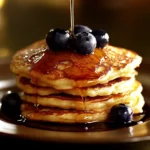
Easy Gluten-Free Pancakes
- Total Time: 20 minutes
- Yield: 8 pancakes
- Diet: Gluten Free
Description
Light, fluffy, and delicious gluten-free pancakes made with simple pantry staples. Perfect for breakfast and can be made dairy-free and vegan-friendly.
Ingredients
- 2 tablespoons granulated sugar
- 2 tablespoons vegetable oil
- 1 egg (Vegan option: use Bob’s Red Mill gluten-free egg replacer)
- 1 teaspoon pure vanilla extract
- 1 cup all-purpose gluten-free flour (Pillsbury gluten-free flour recommended)
- 1/4 teaspoon xanthan gum (omit if your flour blend already has it)
- 1 tablespoon gluten-free baking powder
- 1/4 teaspoon salt
- 3/4 cup milk (dairy-free/Vegan: use almond, cashew, or coconut milk)
Instructions
- In a large bowl, whisk the egg (or egg replacer), granulated sugar, pure vanilla extract, and the vegetable oil together.
- Add the gluten-free flour, xanthan gum (leave out if your flour already has it), gluten-free baking powder, and salt to the egg mixture and mix until fully combined.
- Stir in milk and mix until smooth. For thinner pancakes, stir in 1 to 2 tablespoons of milk.
- Scoop the batter into a 1/4 cup measuring cup and pour the batter onto a greased griddle or pan for each pancake. Heat electric griddle to 350°F for even cooking.
- Cook the pancakes until the batter starts to bubble and pancakes start to puff. Flip the pancakes and cook until they are golden brown.
- Top with butter, syrup, or favorite topping. Enjoy!
Notes
- Not all gluten-free flours are created equal. You may experience different baking results depending on the gluten-free flour blend you choose.
- Pillsbury gluten-free flour is recommended for best results
- Nutrition information is automatically calculated, so should only be used as an approximation.
- Prep Time: 5 minutes
- Cook Time: 15 minutes
- Category: Breakfast
- Cuisine: American
Keywords: gluten-free pancakes, dairy-free pancakes, easy pancakes, fluffy pancakes, vegan pancakes
Introduction to Gluten Free Pancakes
What Makes a Gluten Free Pancake Different?
At first glance, a gluten free pancake looks just like any other. The true distinction lies in the ingredients and texture. Gluten-free flour blends, often composed of rice, tapioca, potato, and occasionally almond flours, replace traditional wheat flour. These blends mimic the structure of gluten but often need extra help to bind and rise. Without gluten, the batter behaves differently, which means the cooking process can make or break your pancakes. That’s why understanding your ingredients is key.
Why This Gluten Free Pancake Recipe Works Every Time
The recipe we’re about to explore is built for success. It’s designed with the perfect balance of flour blend, binder, and moisture to create that fluffy, tender bite you expect from pancakes. By using a tested flour ratio and incorporating the right binding agents—whether that’s eggs, flaxseed meal, or xanthan gum—you’ll avoid the dense, crumbly texture that often plagues gluten free baking. Plus, our method includes an easy rest period for the batter, which helps the flour hydrate fully, ensuring a smooth, even cook every time.

Check out our Gluten free chocolate brownies for more inspiration.
Key Ingredients for the Perfect Gluten Free Pancake
Choosing the Best Gluten Free Flour Blend
The heart of any gluten free pancake recipe lies in the flour. The best blends combine light flours and starches to mimic wheat flour’s structure without the gluten. Popular options include:
| Flour Type | Best For | Notes |
|---|---|---|
| Rice Flour | Light texture | Neutral flavor, widely available |
| Tapioca Starch | Chewiness and elasticity | Works well with other starches |
| Potato Starch | Moisture retention | Adds softness |
| Almond Flour | Nutty flavor, extra richness | Higher fat content |
For a quick and easy substitution when time is limited, opt for a commercially prepared gluten-free flour blend specifically marked ‘1:1’ or ‘cup-for-cup’ These blends often already include xanthan gum, which helps with structure.
The Role of Binders in Gluten Free Pancakes
Without gluten’s natural binding power, pancakes can fall apart. That’s where binders step in. Eggs are the most common binder, but there are plenty of plant-based options:
- Flax egg (1 tbsp ground flaxseed + 3 tbsp water)
- Chia egg (1 tbsp chia seeds + 3 tbsp water)
- Applesauce (¼ cup per egg)
Binders give the batter cohesion, hold air pockets for fluffiness, and improve the pancake’s bite. The proper binder can influence both the taste and moisture content, so select one according to your dietary requirements and desired flavor.
Step-by-Step Gluten Free Pancake Recipe
Preparing the Batter
Start by whisking together your dry ingredients—gluten free flour blend, baking powder, a pinch of salt, and a touch of sugar for balance. In another bowl, whisk together the liquid ingredients: milk (dairy or plant-based), eggs or an egg substitute, and melted butter or oil. Gradually add the wet mixture to the dry, stirring gently to avoid overmixing. Overworking gluten free batter can make it gummy. Allowing the batter to rest for 5-10 minutes hydrates the flour, leading to a smoother texture.
Pro Tip: If your flour blend lacks xanthan gum, incorporate ¼ teaspoon per cup to enhance the structure.
Cooking Techniques for Fluffy Results
Heat a nonstick skillet or griddle over medium heat. Lightly grease it with butter or oil. Pour about ¼ cup of batter per pancake, leaving space between each one. Cook until bubbles form on the surface and edges look set, about 2–3 minutes, then flip and cook another 1–2 minutes until golden brown. To keep pancakes warm as you finish cooking the batch, place them in a low oven.
For extra fluff, cover the skillet with a lid for the first minute of cooking—this traps steam and helps pancakes rise higher.
Best Binders and Substitutes
Common Binders for Gluten Free Pancakes
When making a gluten free pancake recipe, binders are the unsung heroes. Eggs are essential in this recipe because they bind the ingredients, create a light and airy texture by trapping small air pockets, and contribute to the pancakes’ satisfying chewiness. The most common binders include:
- Eggs – The classic choice, providing both structure and moisture.
- Xanthan Gum – A plant-based thickener that mimics gluten’s elasticity.
- Guar Gum – Similar to xanthan but derived from guar beans, often used in commercial blends.
Eggs also contribute richness, while gums add structure without changing the flavor. If you’re not avoiding eggs, using both eggs and a touch of xanthan gum can yield exceptionally sturdy yet tender pancakes.
Egg-Free and Vegan Binder Alternatives
If you follow a vegan diet or have an egg allergy, you still have plenty of options:
- Flax Egg – 1 tablespoon ground flaxseed + 3 tablespoons water. Let sit for 10 minutes until gel-like.
- Chia Egg – Works just like flax egg but adds a slight crunch.
- Mashed Banana – About ¼ cup per egg. Adds natural sweetness but may alter the flavor.
- Unsweetened Applesauce – ¼ cup per egg. Keeps pancakes moist without adding a strong taste.
For the most neutral flavor, flax or chia eggs are your best bet. If you prefer a touch of natural sweetness, banana or applesauce works beautifully.

Gluten Free Pancake Variations
Dairy-Free and Vegan Gluten Free Pancakes
You can easily make your gluten free pancake recipe dairy-free by swapping regular milk for almond, oat, soy, or coconut milk. If you want a richer flavor, full-fat coconut milk works wonderfully. Replace butter with melted coconut oil or a dairy-free margarine for a similar mouthfeel. Combine these swaps with vegan binders, and you’ll have pancakes that are 100% plant-based without sacrificing taste or texture.
Flavored Pancakes: Blueberry, Banana, and More
Once you’ve mastered the base recipe, you can get creative with flavors. Some crowd-pleasing ideas include:
- Blueberry Pancakes – Fold fresh or frozen blueberries into the batter just before cooking.
- Banana Pancakes – Mash one ripe banana into the wet ingredients for natural sweetness.
- Chocolate Chip Pancakes – Add a handful of dairy-free chocolate chips for a dessert-like twist.
- Cinnamon Apple Pancakes – Stir in diced apples and a sprinkle of cinnamon for a cozy flavor.
If you’re looking for more flavor-packed breakfast ideas, discover great ideas like our banana recipe for weight loss that can also be adapted into pancake toppings.
Tips for Perfect Pancakes Every Time
Avoiding Common Gluten Free Pancake Mistakes
Even the best gluten free pancake recipe can go wrong if a few key details are overlooked. Here are the pitfalls to dodge:
- Overmixing the batter – Gluten free flours can turn gummy if stirred too much. Mix only until combined.
- Skipping the rest time – Letting the batter sit for 5–10 minutes allows the flour to hydrate fully, preventing gritty texture.
- Using medium heat is crucial for ensuring food cooks thoroughly on the inside without burning the exterior.
- Flipping too soon – Wait until bubbles appear and edges look set before flipping.
Adjusting Consistency for Better Texture
Different gluten free flour blends absorb liquid differently, which can make batters thicker or thinner than expected.
- Too thick? Add a splash of milk until the batter flows easily off a spoon.
- Too thin? Stir in 1–2 extra tablespoons of flour blend.
The ideal batter should be pourable yet retain its form, spreading only slightly when it hits the skillet.
Storing and Reheating Gluten Free Pancakes
Refrigeration and Freezing Tips
If you’ve made more pancakes than you can eat in one sitting, proper storage is key to keeping them fresh.
- Refrigeration – Stack cooled pancakes with parchment paper between each, store in an airtight container, and refrigerate for up to 3 days.
- Freezing – Lay pancakes in a single layer on a baking sheet, freeze until solid, then transfer to a freezer bag. They’ll keep for up to 2 months.
How to Keep Pancakes Soft and Fluffy After Storage
To reheat refrigerated pancakes, warm them in a nonstick skillet over low heat or pop them in the microwave for 15–20 seconds. For frozen pancakes, use a toaster or toaster oven for a crisp edge and soft center. Avoid reheating at high temperatures—this can dry them out.
If you’re curious about other smart storage ideas for baked goods, don’t miss our gluten free desserts guide, which includes freezing tips for cakes, cookies, and more.
Serving Ideas and Pairings
Healthy Toppings for Gluten Free Pancakes
The beauty of a well-made gluten free pancake recipe is that it’s a blank canvas for toppings. If you want to keep things wholesome, skip the heavy syrups and try these instead:
- Fresh fruit – Sliced strawberries, blueberries, or banana rounds for natural sweetness.
- Nut butter drizzle – Almond, peanut, or cashew butter for a protein boost.
- Greek yogurt – Adds creaminess and tang while keeping sugar low.
- Honey or pure maple syrup – A small drizzle goes a long way for flavor.
Savory Pancake Options
Gluten free pancakes aren’t just for sweet breakfasts. Try reducing the sugar in the batter and topping with:
- Smoked salmon and cream cheese for a brunch-worthy twist.
- Sautéed mushrooms and spinach for a veggie-packed option.
- Fried eggs and avocado slices for a protein-rich start to your day.
For more flavor inspiration, check out our almond flour bagels — their nutty base pairs wonderfully with many of the same toppings you’d use for savory pancakes.
Frequently Asked Questions
What is the best binder for gluten free pancakes?
Eggs are the best binder if you want to make light, fluffy pancakes. If you’re vegan or allergic, flax eggs or chia eggs are excellent substitutes, offering good structure without changing flavor much.
Is gluten-free flour ok for pancakes?
Yes. In fact, the right gluten free flour blend can create pancakes that are just as fluffy as traditional ones. Look for blends labeled “1:1” or “cup-for-cup” for the easiest substitution.
How to make pancake with 3 ingredients?
A quick 3-ingredient version can be made with mashed banana, eggs, and baking powder. While simple, it won’t have the same texture as a full recipe but works for a fast, naturally sweet option.
Can celiacs eat pancakes?
Yes—if they are made with certified gluten free ingredients and prepared in a gluten free environment to avoid cross-contamination.
If you’re new to gluten free cooking, learn more about how to keep recipes celiac-safe in our low carb bagels guide, which covers cross-contamination tips in detail.
Conclusion
Making the best easy gluten free pancake recipe ever isn’t just about swapping flour — it’s about understanding how ingredients work together to give you that light, fluffy bite every time. With the right flour blend, a reliable binder, and a few simple tricks, you can whip up pancakes that everyone at the table will love — whether they eat gluten or not. From classic maple-syrup stacks to creative savory twists, the possibilities are endless. So fire up your skillet, grab your favorite toppings, and turn your breakfast into something worth waking up for.
Looking for inspiration? Try our gluten free desserts for more sweet ideas that pair perfectly with your pancakes.

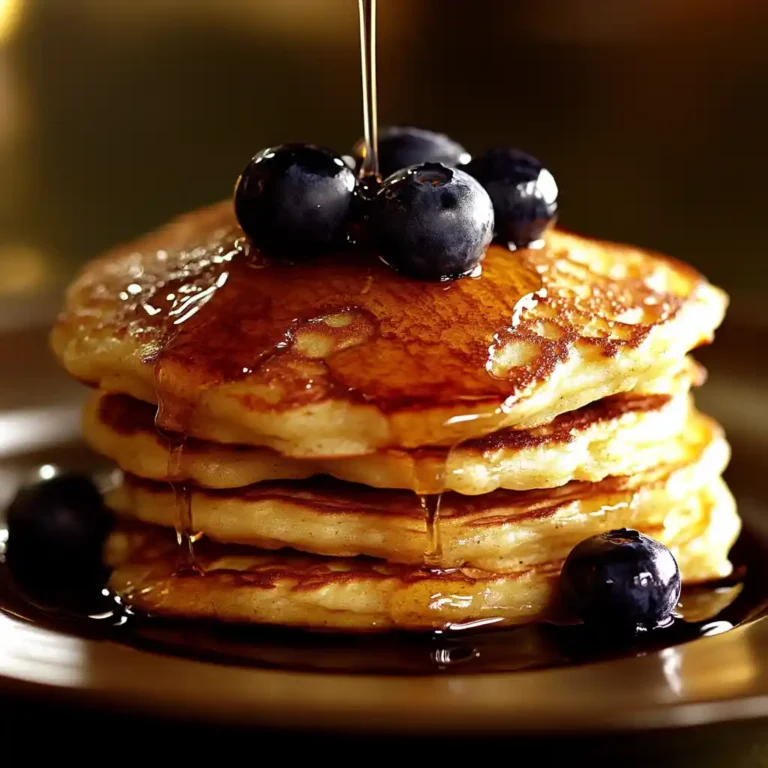
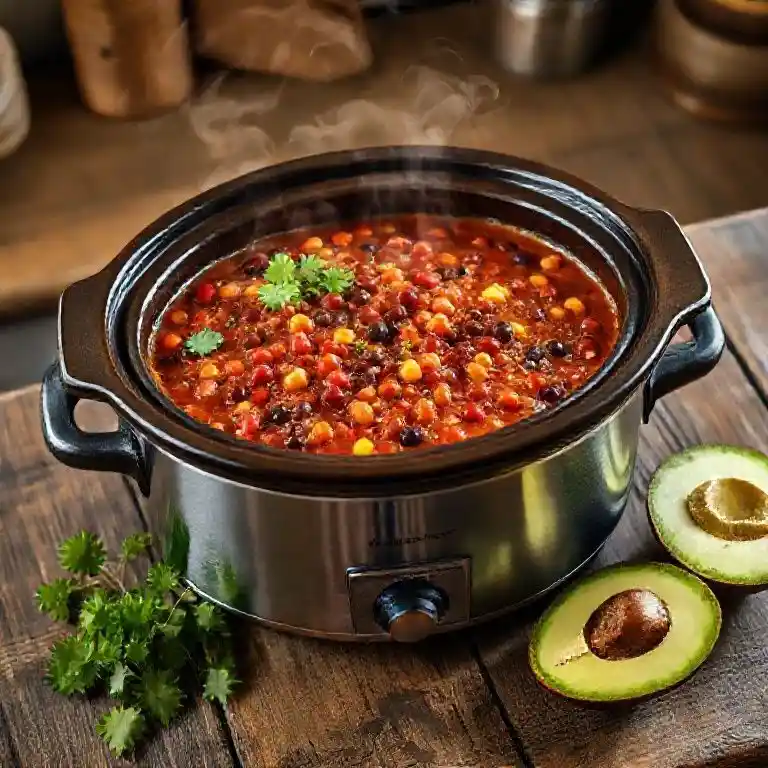
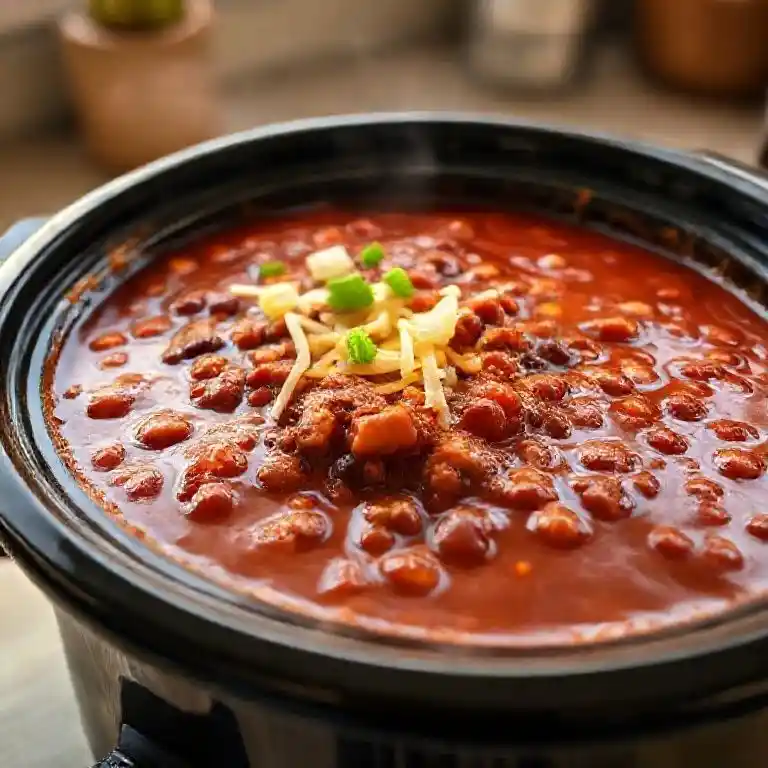
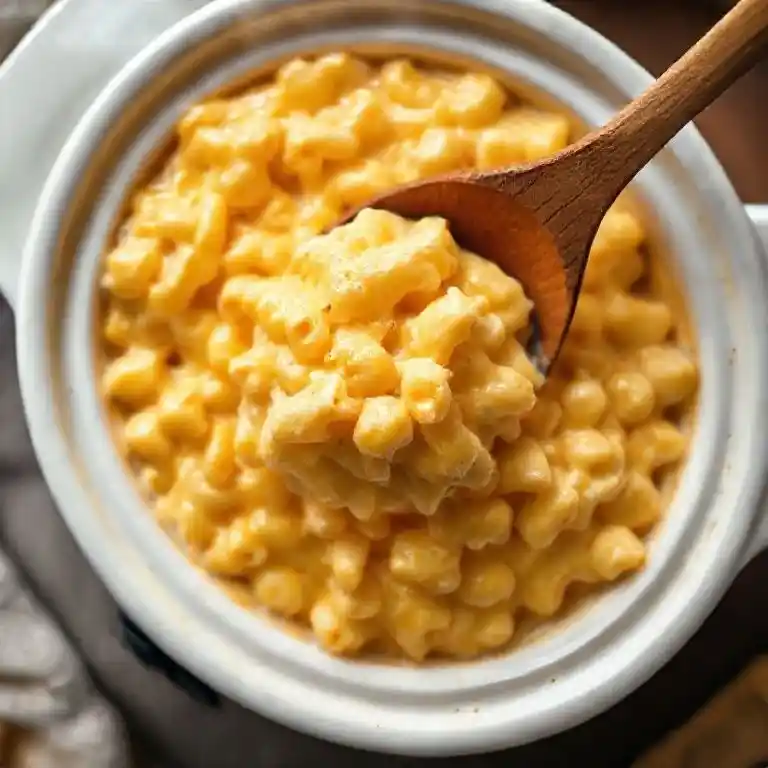

3 thoughts on “The Best Easy Gluten Free Pancake Recipe Ever”